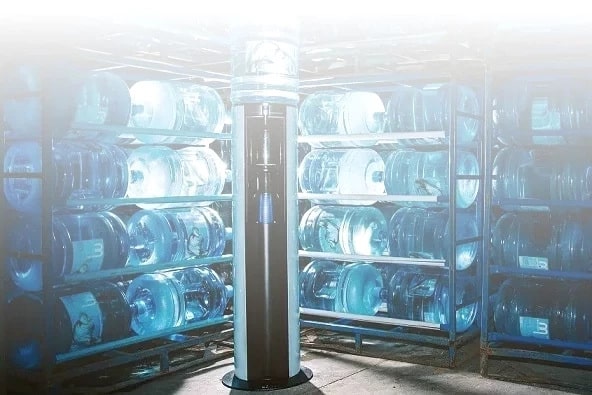 The Oregon Department of Environmental Quality water sampling between 2008 and 2012 showed that the Willamette River contained toxins such as pesticides, metals, flame retardants, and various other chemicals from consumer products.
The Oregon Department of Environmental Quality water sampling between 2008 and 2012 showed that the Willamette River contained toxins such as pesticides, metals, flame retardants, and various other chemicals from consumer products.
The Ocean Blue Project aims to use the underground portion of mushrooms, called mycelium, to break down toxic pollutants such as pesticides and oil and to metabolise bacteria such as E. coli. Similar techniques were used by the Washington Environmental Council to remove faecal coliform bacteria from flowing water in parts of the Puget Sound region.
The idea of utilising fungi to filter the water was brought to the Ocean Blue Project by board member and biology instructor at Linn-Benton Community College, Rosalie Bienek. The clean-up utilising fungi to filter water in a process called mycelium running is based on a book of the same name by Paul Stamets, who has also done a TED Talk on the subject. According to Bienek, whose research concentrates chiefly on botany and using native plants in restoration, the idea has a lot of potential.
The Ocean Blue Project experienced some hiccups in the first of their trials in the Sequoia Creek when rains swelled the creek causing the burlap bags to be washed away. The Project continues however, with volunteers more determined than ever to purify the water, and are designing a version of the burlap bag that can be anchored in place.
If this system of purifying dirty waters with mushrooms proves to be as good as expected, it opens up the means of purifying contaminated water in many regions that cannot afford expensive filtration equipment.
Water coolers services and water cooler delivery from Living-Water London. Get bottled water coolers and mains water coolers for your office or home.
Source:





